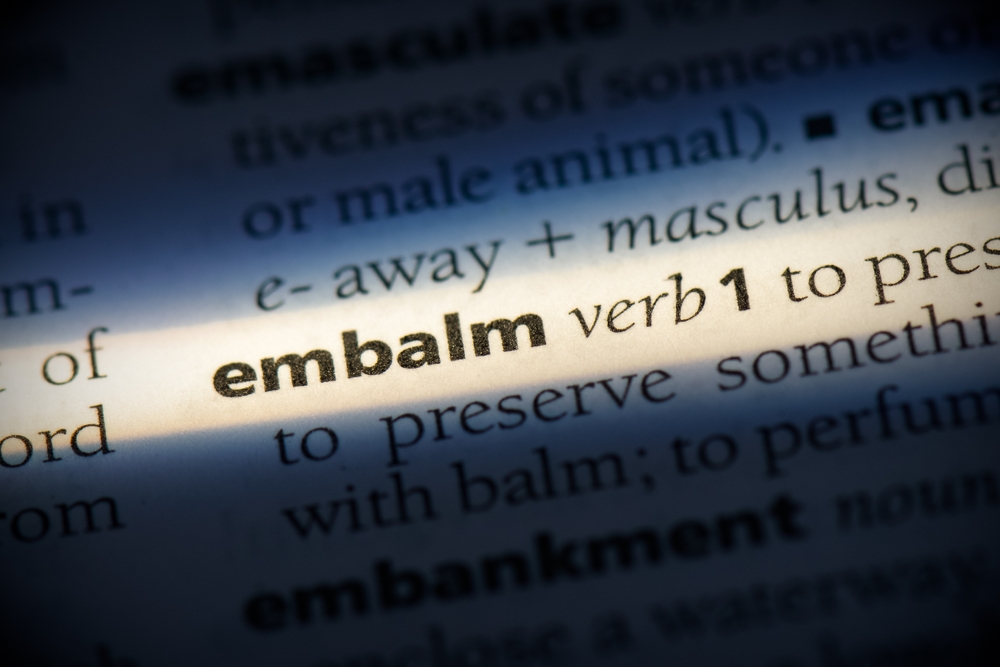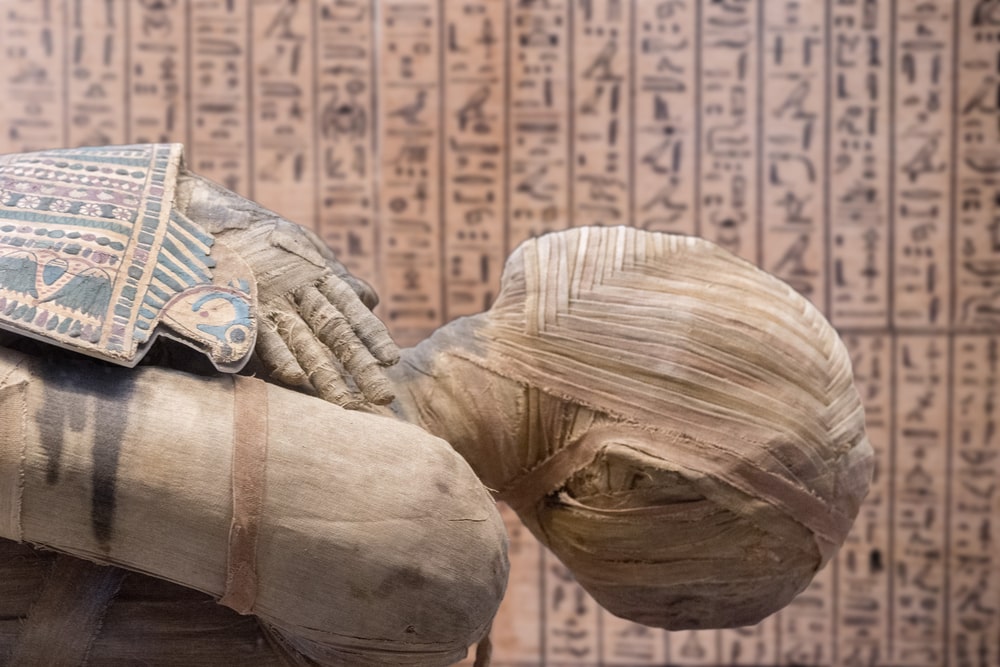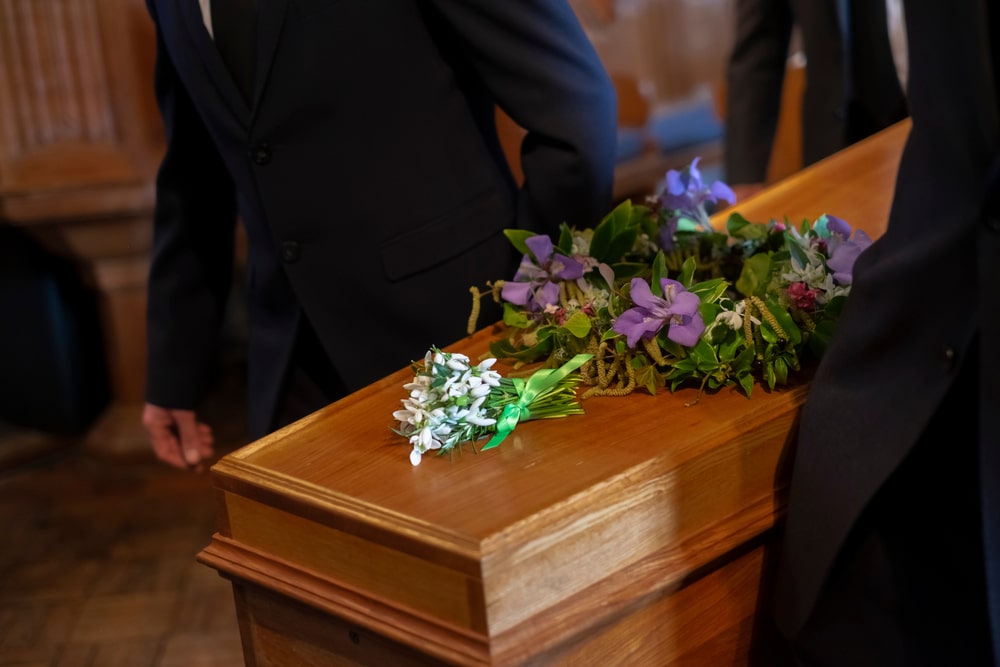
Do you know the main difference between a memorial service and a funeral service? At a funeral service, the deceased’s body is present, either in an open or closed casket. However, at a memorial service, the body is not present and a framed portrait or an urn serves as the focal point, instead of a casket.
You can have a memorial service with either burial or cremation; it all depends on whether the body is present at the service or not. Both options will beautifully honor a loved one’s life – it just depends on your family’s preferences.
If you aren’t sure how to proceed, let’s discuss why having a service is important and 7 helpful tips for planning a memorial service.
Does Having a Service Matter?
Having some sort of ceremony or opportunity to mourn the death of someone loved allows you to acknowledge the reality of the situation and serves as a good first step on the road to healing. According to a study conducted among adults aged 40+, “82 percent said that a service was helpful in paying tribute to or commemorating the life of a friend or family member” and “72 percent believed services they attended were an important part of the healing process.”
Memorial services allow for a great deal of flexibility if additional time is needed to gather together as a family. In fact, it is not uncommon for a memorial service to be held a month or more after the death. Whether you decide on a funeral or a memorial service, it’s important to remember the role that memorialization plays in the grieving process. Spend some time thinking about the type of service that would best honor your loved one’s life and spirit.
7 Tips for Planning a Memorial Service
If you decide to honor your loved one with a memorial service, there are many important choices you will need to make. Here are some tips for creating a rich and meaningful memorial service.
1. Choose a Fitting Location
Since the body will not be present, you have a lot of freedom regarding where the memorial service takes place. A memorial service can be held at the home of the person who has died or a favorite spot of the deceased. People have also used church buildings, local or national parks, community centers, funeral home chapels, the graveside, and even restaurants to pay their respects. No matter where you choose, remember to include a photo of the deceased or bring the urn so people have a visual reminder and can say goodbye.
2. Select Articulate Speakers
Find a few family members and friends who are good public speakers to deliver a eulogy, read poems or scripture, and tell funny or inspiring stories. Since the memorial service often takes place a few weeks after the death, the speakers will have time to gather their thoughts and could even run their ideas by each other.
3. Consider Music
If you are at a venue that accommodates the playing of music, take advantage of this opportunity. Music is a great way to honor the life of a loved one. It communicates feelings that can be hard to put into words. You might play a loved one’s favorite song or another piece of music that ties to the life in a special way. For additional help choosing custom music for a memorial service, check out “How to Personalize Music at a Funeral.”
4. Create a Slideshow
If you choose a location that has some technical capability, you could play a slideshow in honor of your loved one’s life journey. Include pictures or videos of important life events, places, and people that shaped your loved one’s life. For more insight into how a slideshow can be a meaningful addition to a final tribute, take a moment to read “The Importance of a Memorial Tribute Video.”
5. Provide Food and Drink
Many memorial services offer some kind of food, although the type of catering varies widely. You could include a full meal or simply offer light snacks and refreshments. Consider the time of day of the service when deciding on food. Also, you might choose foods that reflect your lost loved one’s preferences. If they loved chicken nuggets, get a tray from their favorite spot. For those with a sweet tooth, include an assortment of their favorite cookies or cakes.
6. Create the Guest List
If the memorial service is being held weeks or months after the death, make a list of everyone you would like to have attend and send out invitations to them. Mail invitations well in advance, so that guests who live far away have time to make travel arrangements. You could also post an invitation on your social media channels if that’s the easiest way for you to reach people.
7. Prepare “Thank You” Cards
Whether you choose a formal or informal setting, you’re likely going to need help as you create a meaningful service. For those closely involved in the planning, take time to thank them. Taking this extra step will also keep your support network alive. Stay in contact with the people who mean the most to you and find the people you can lean on as you begin your grief journey. After all, the memorial service is only the beginning of the road to healing.

These 7 tips will help you plan a meaningful memorial service, but remember, you aren’t on your own with this. The funeral home is available to assist you with memorial service plans. They can take on as much of the planning as you wish. Simply reach out to them and discuss what you’d like to do. They will provide options and help you brainstorm through all the possibilities.


























































